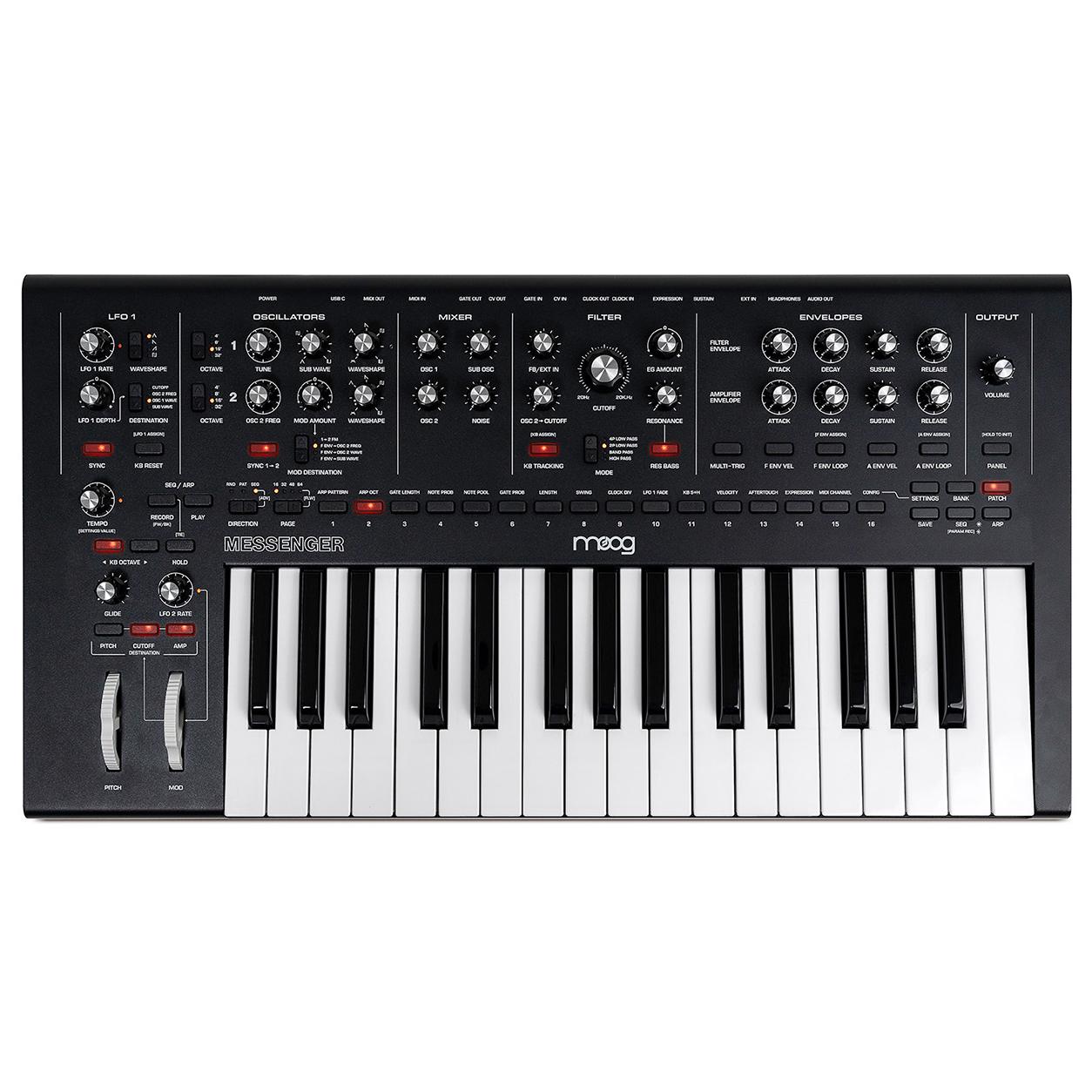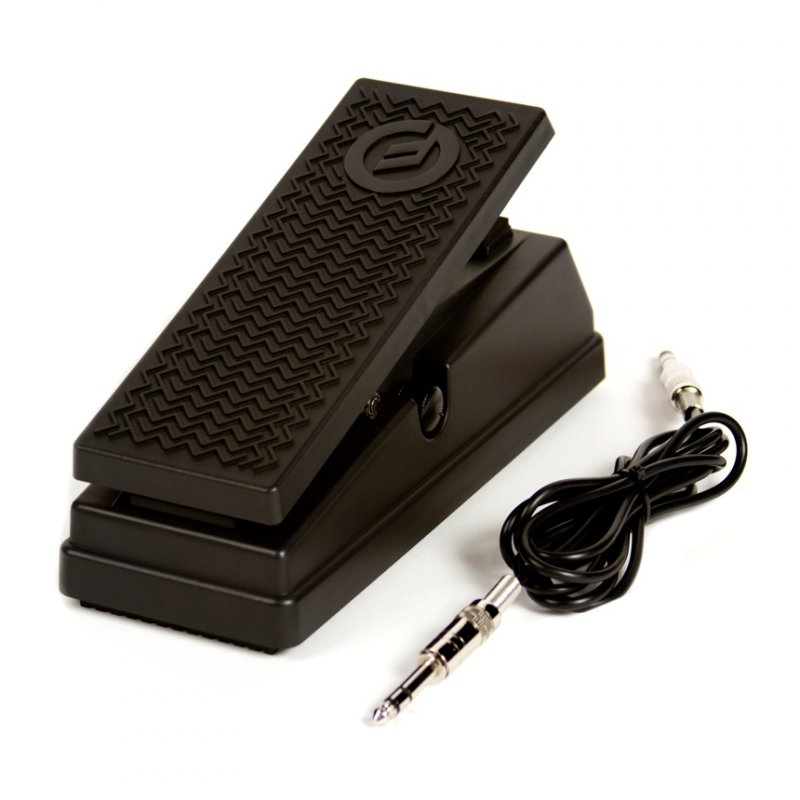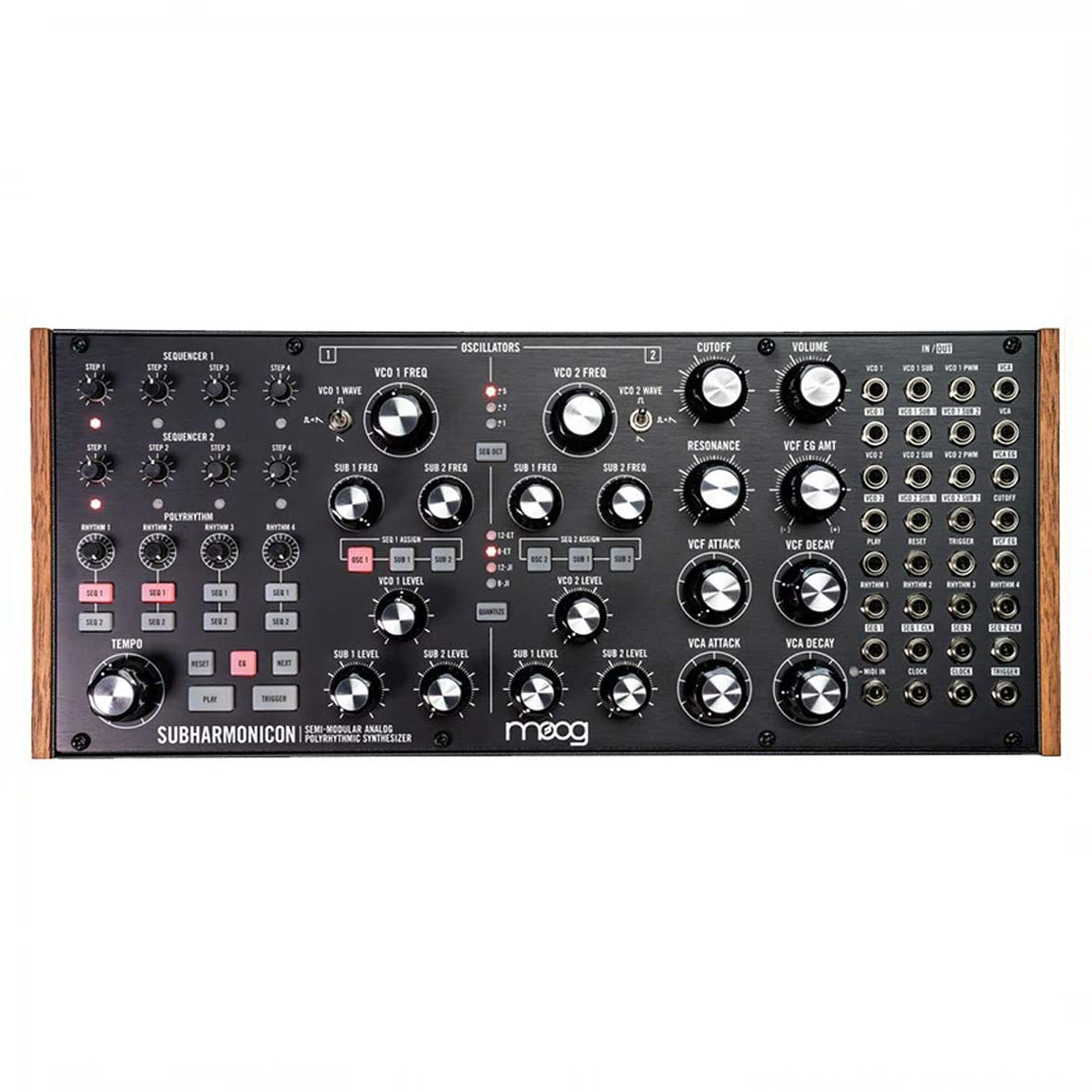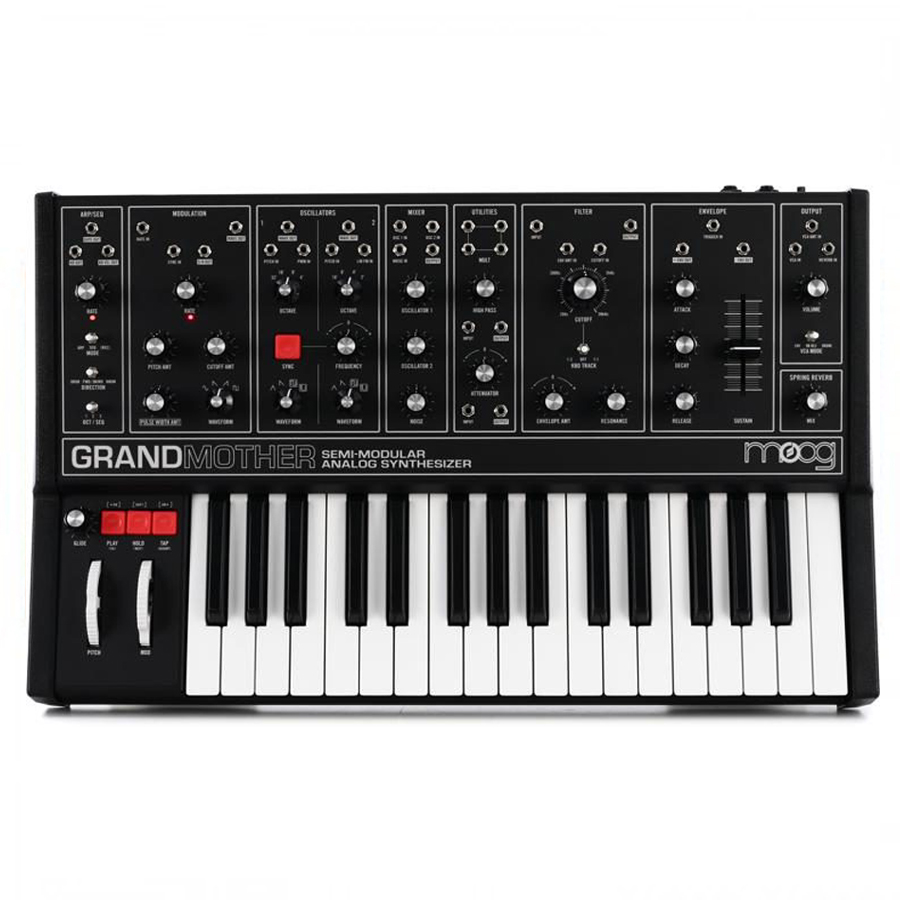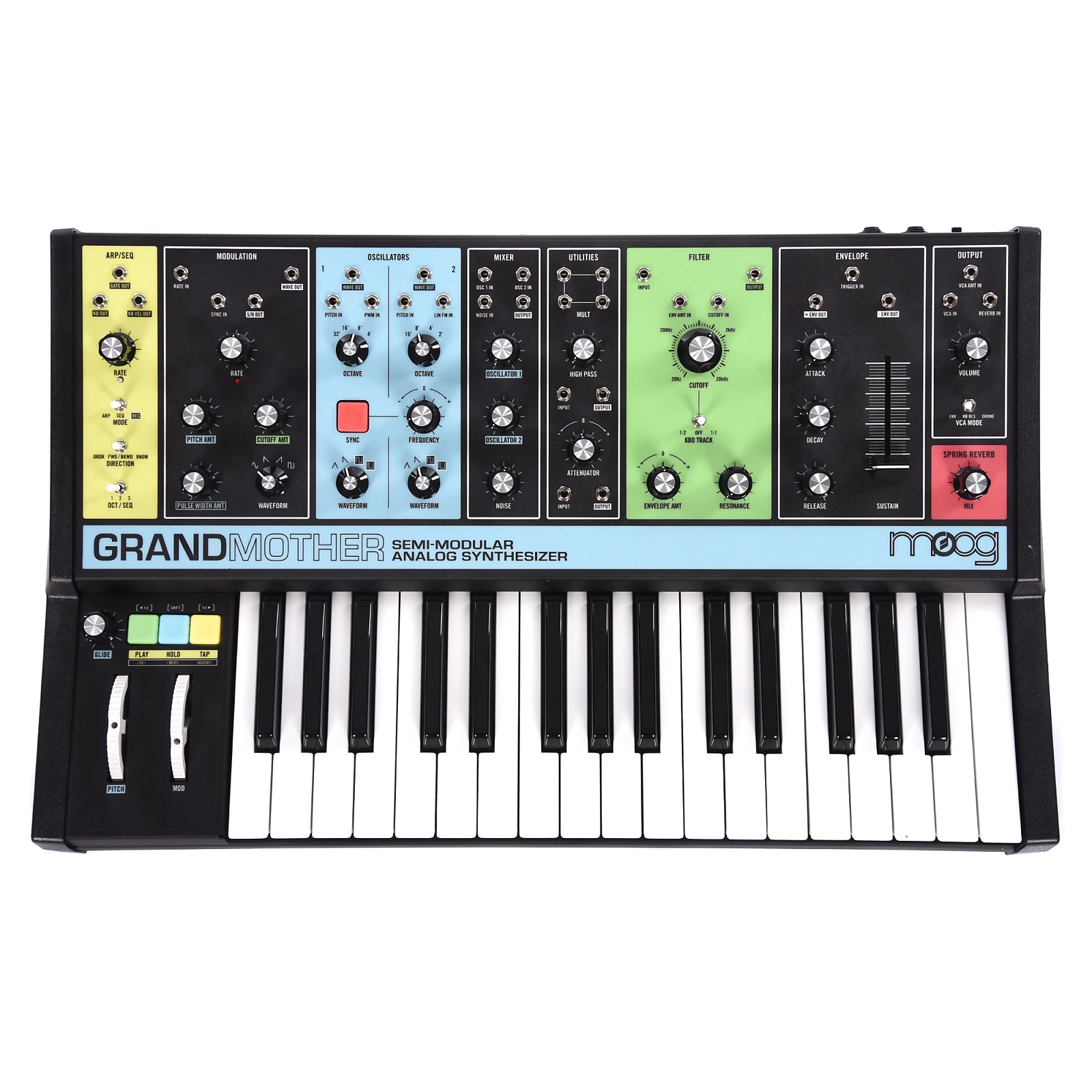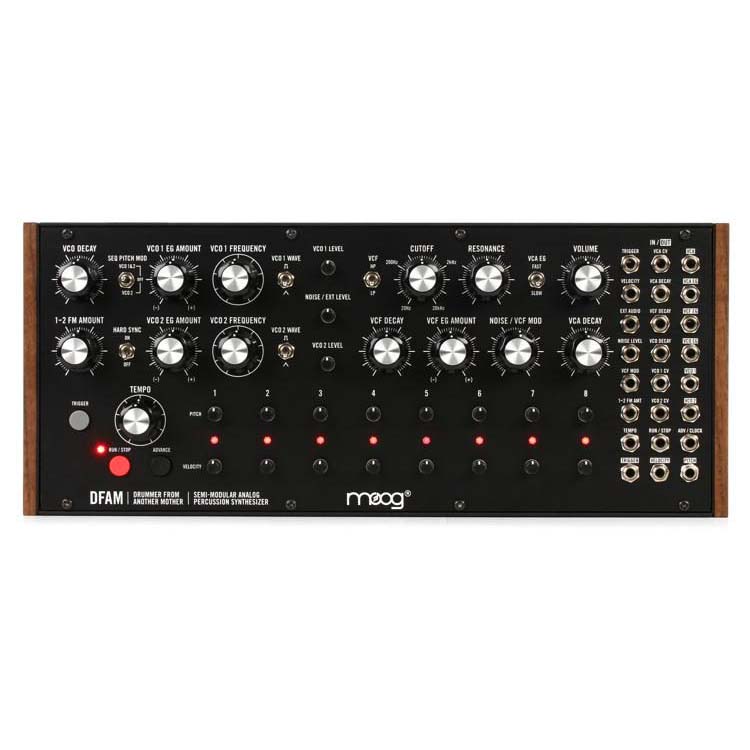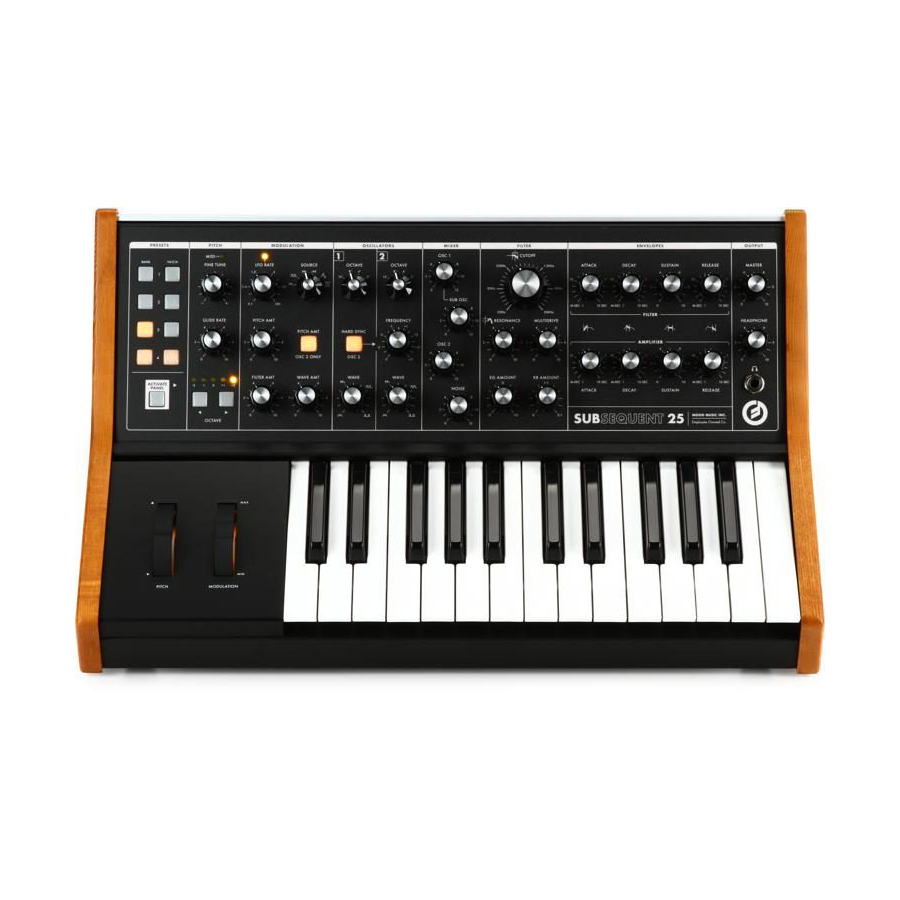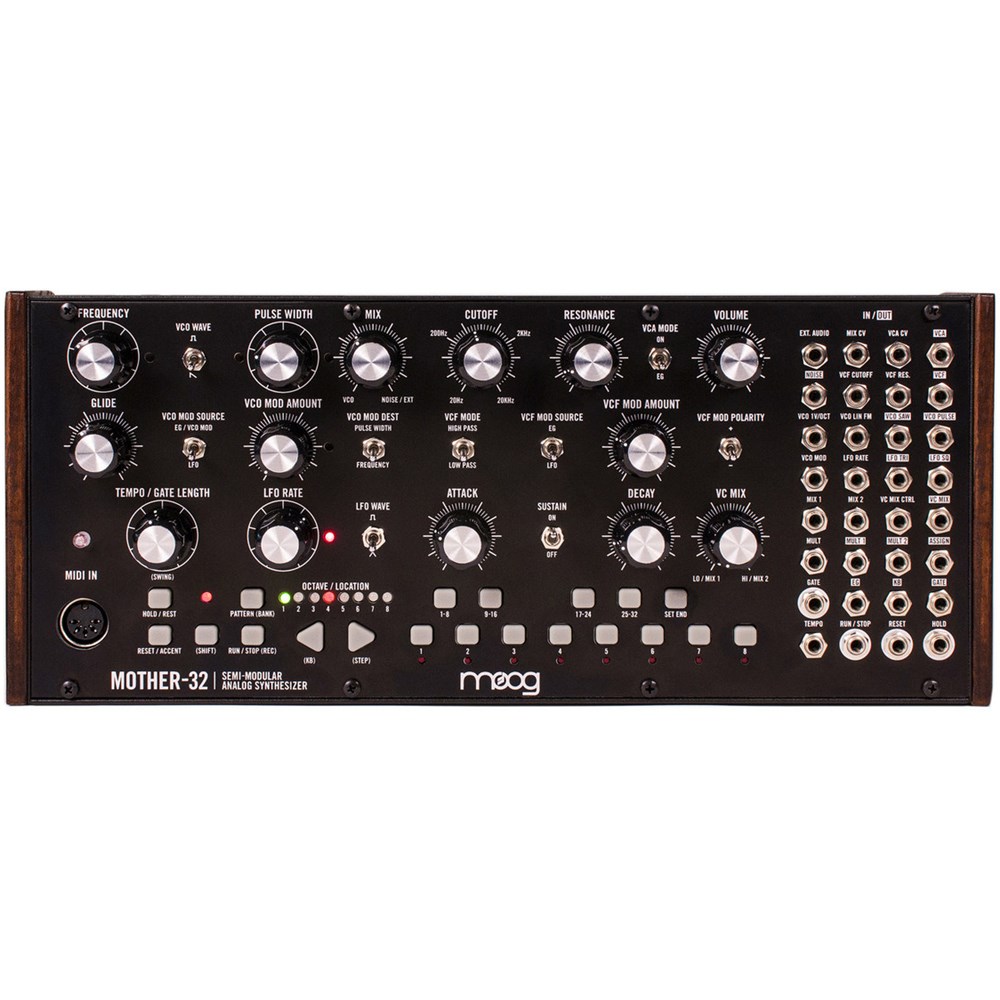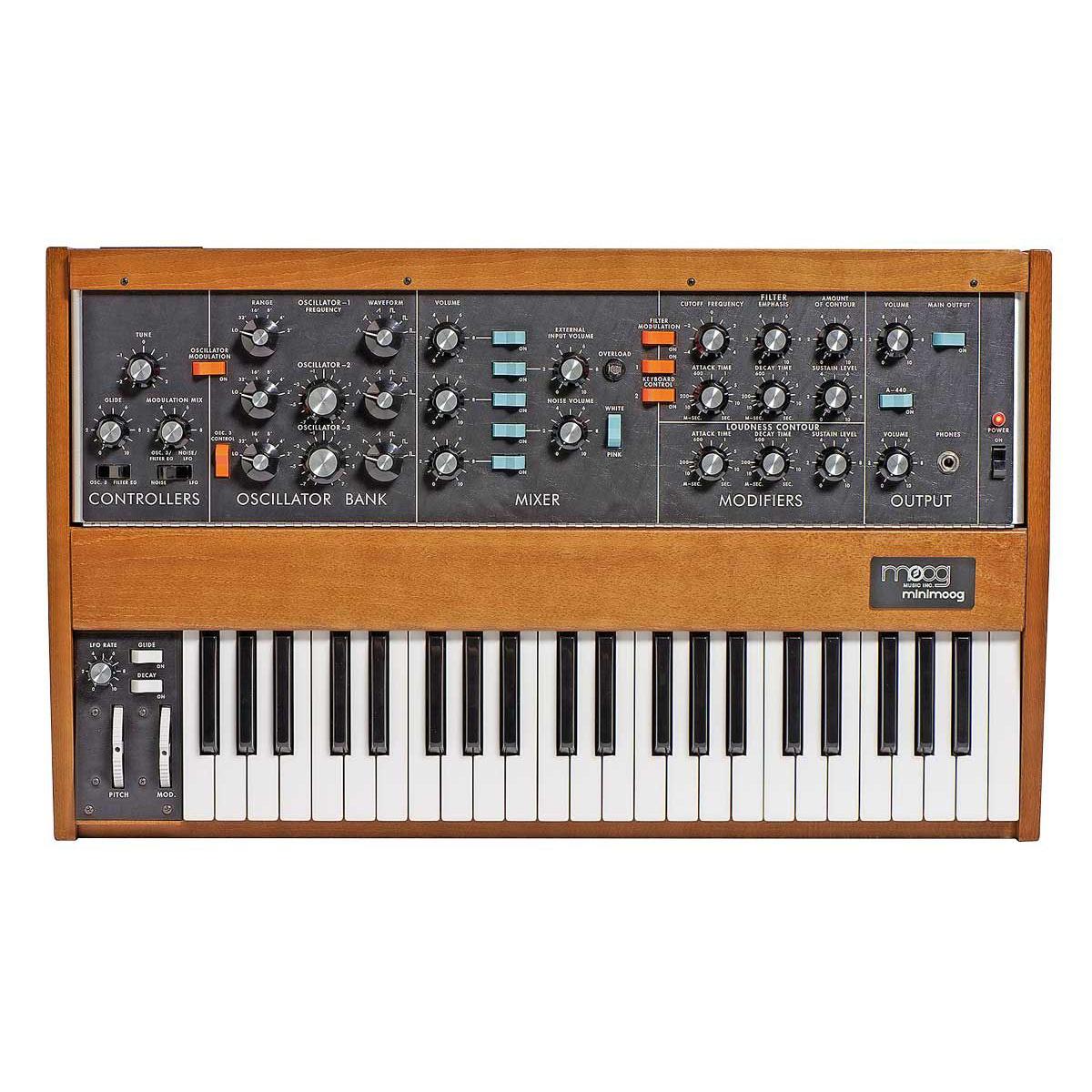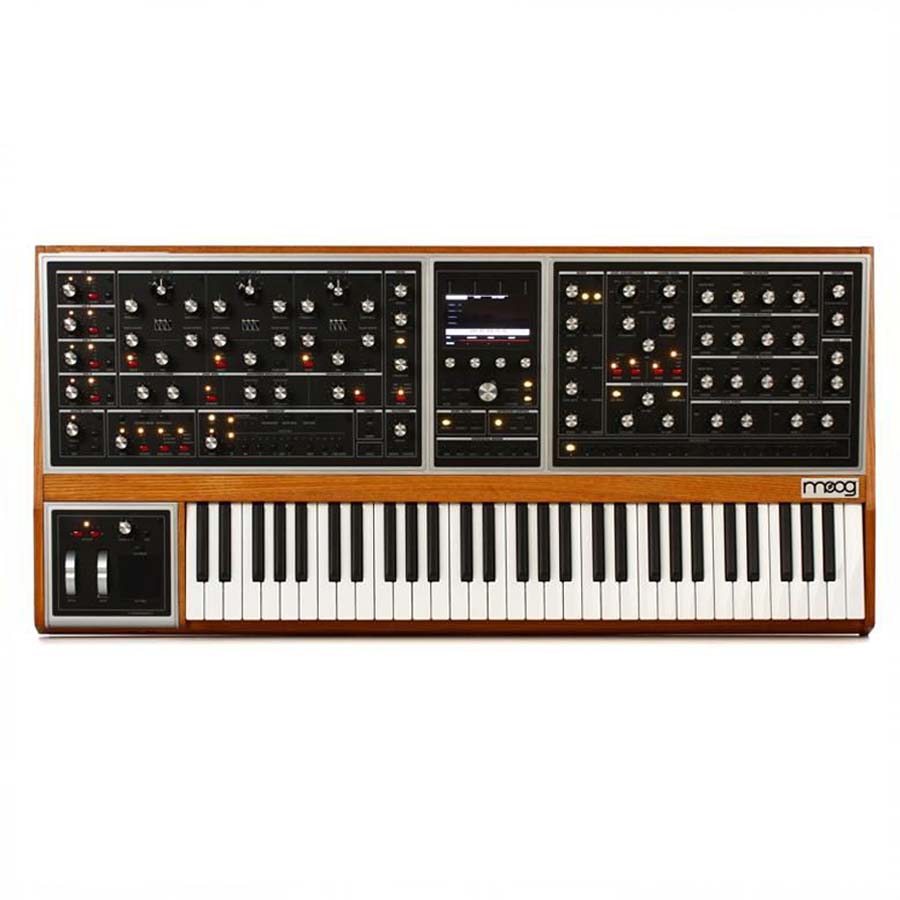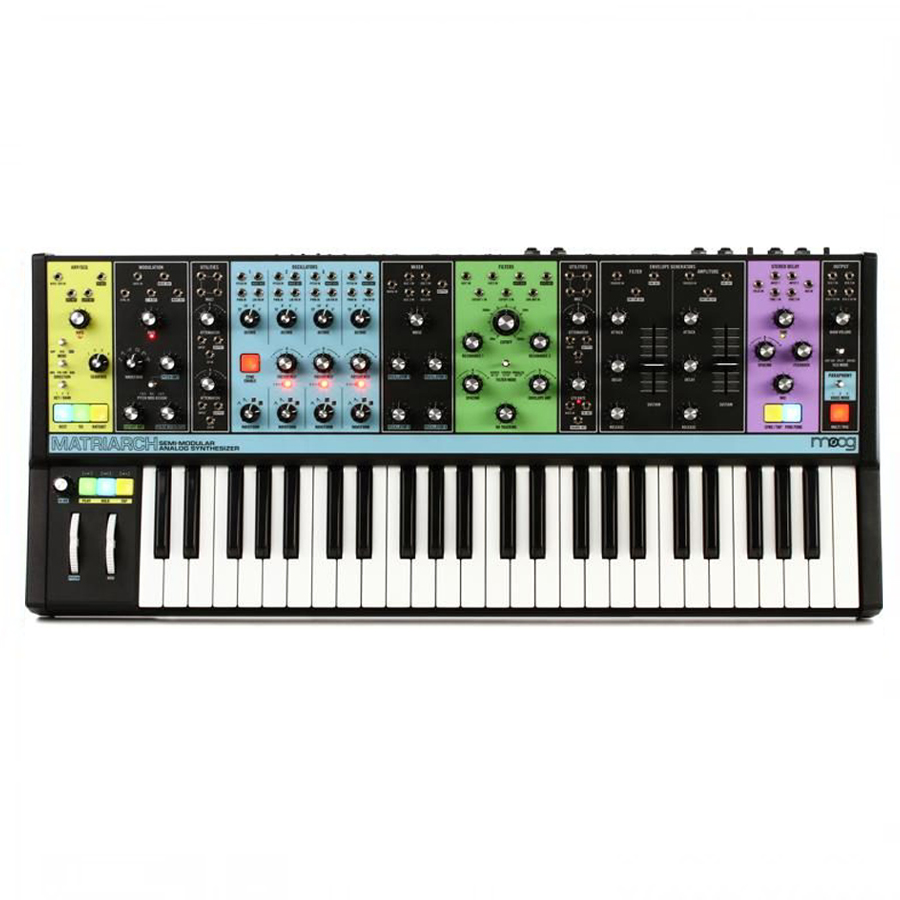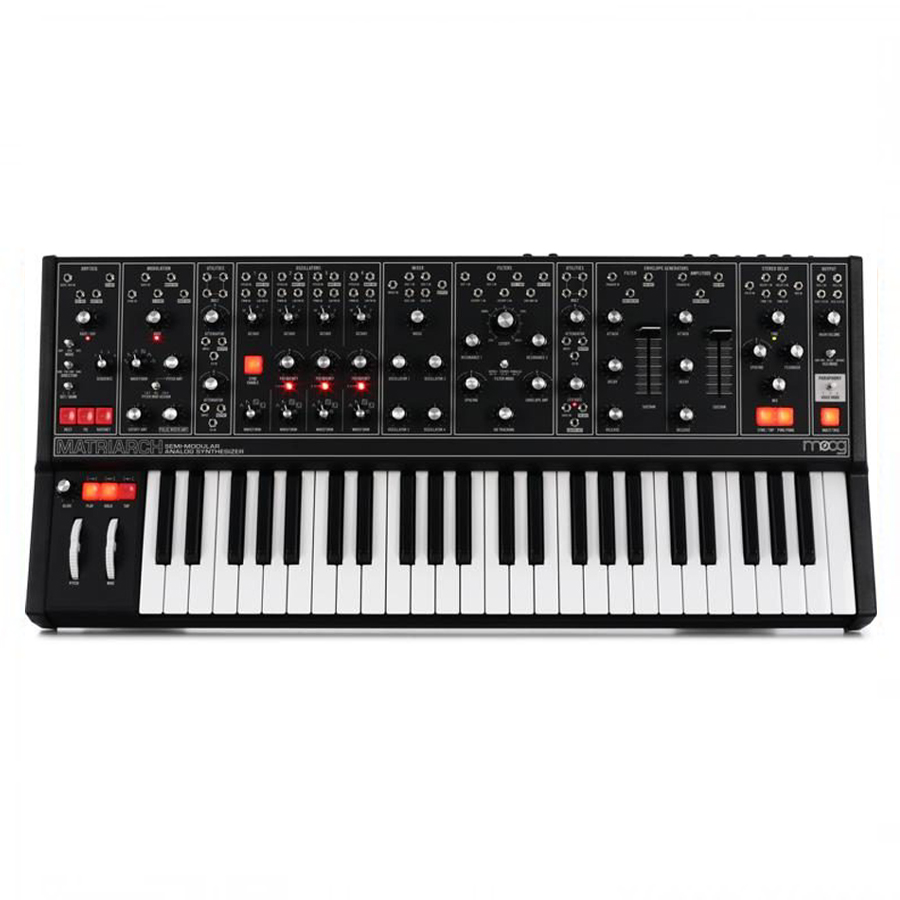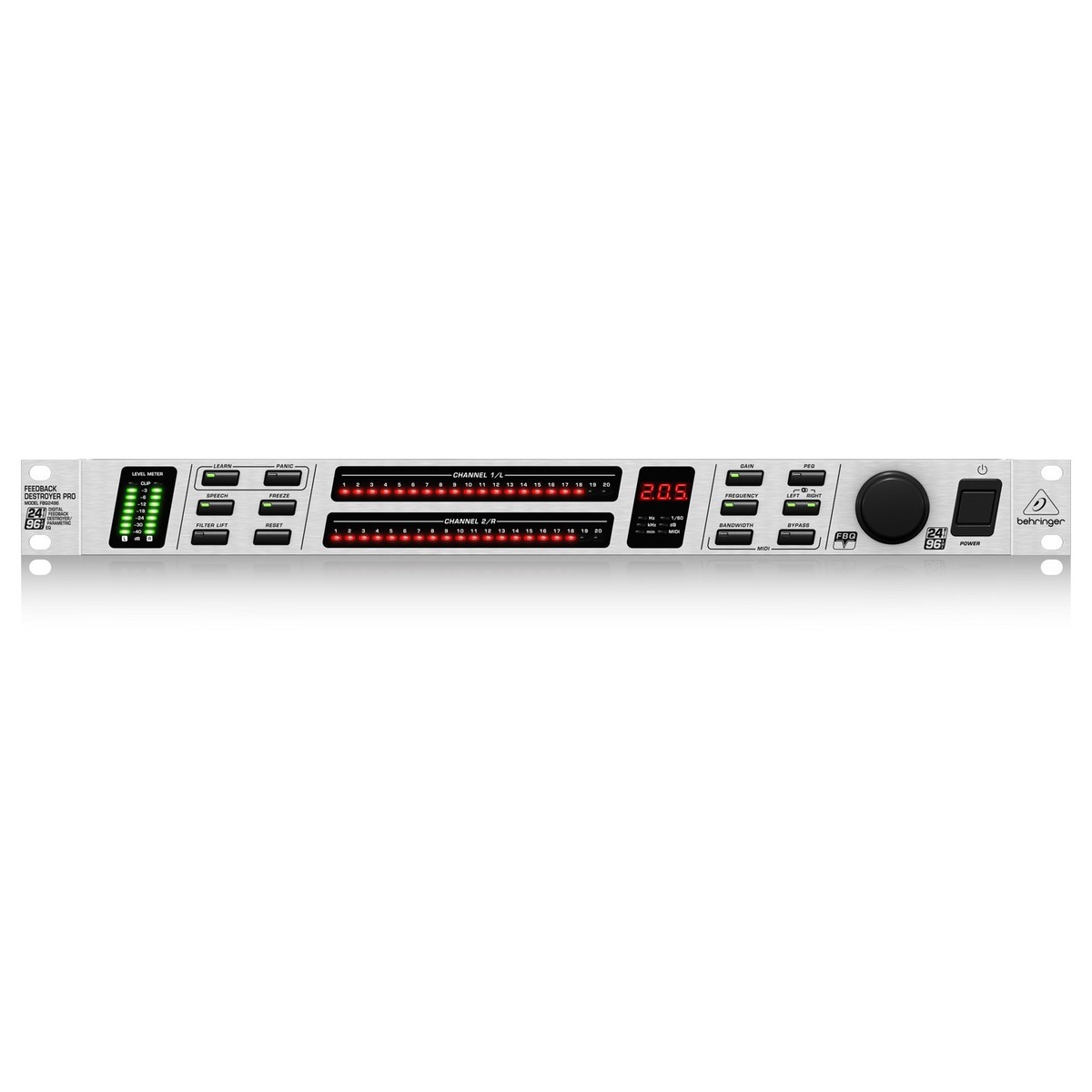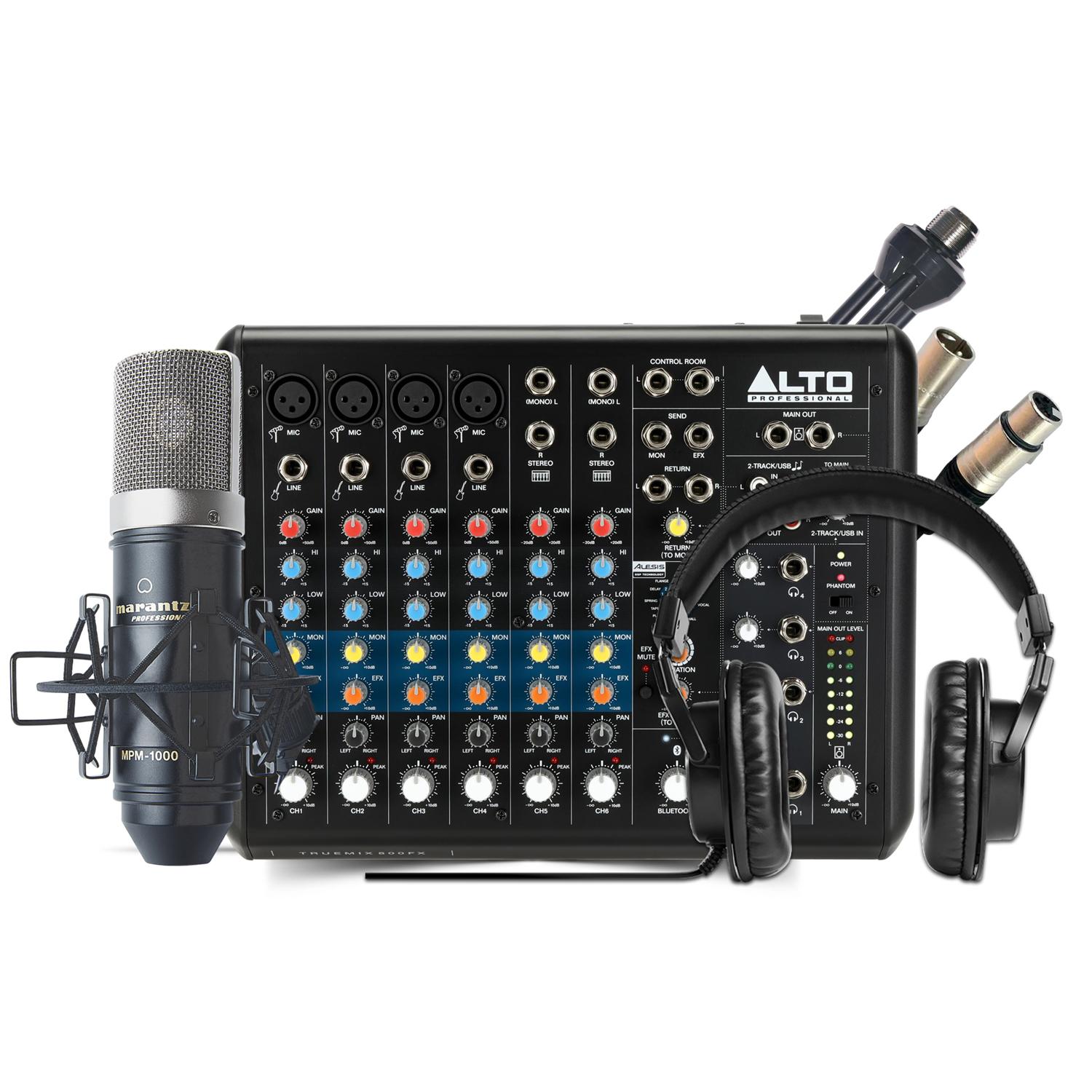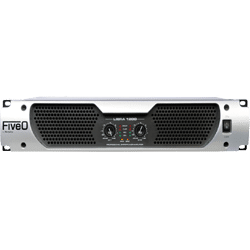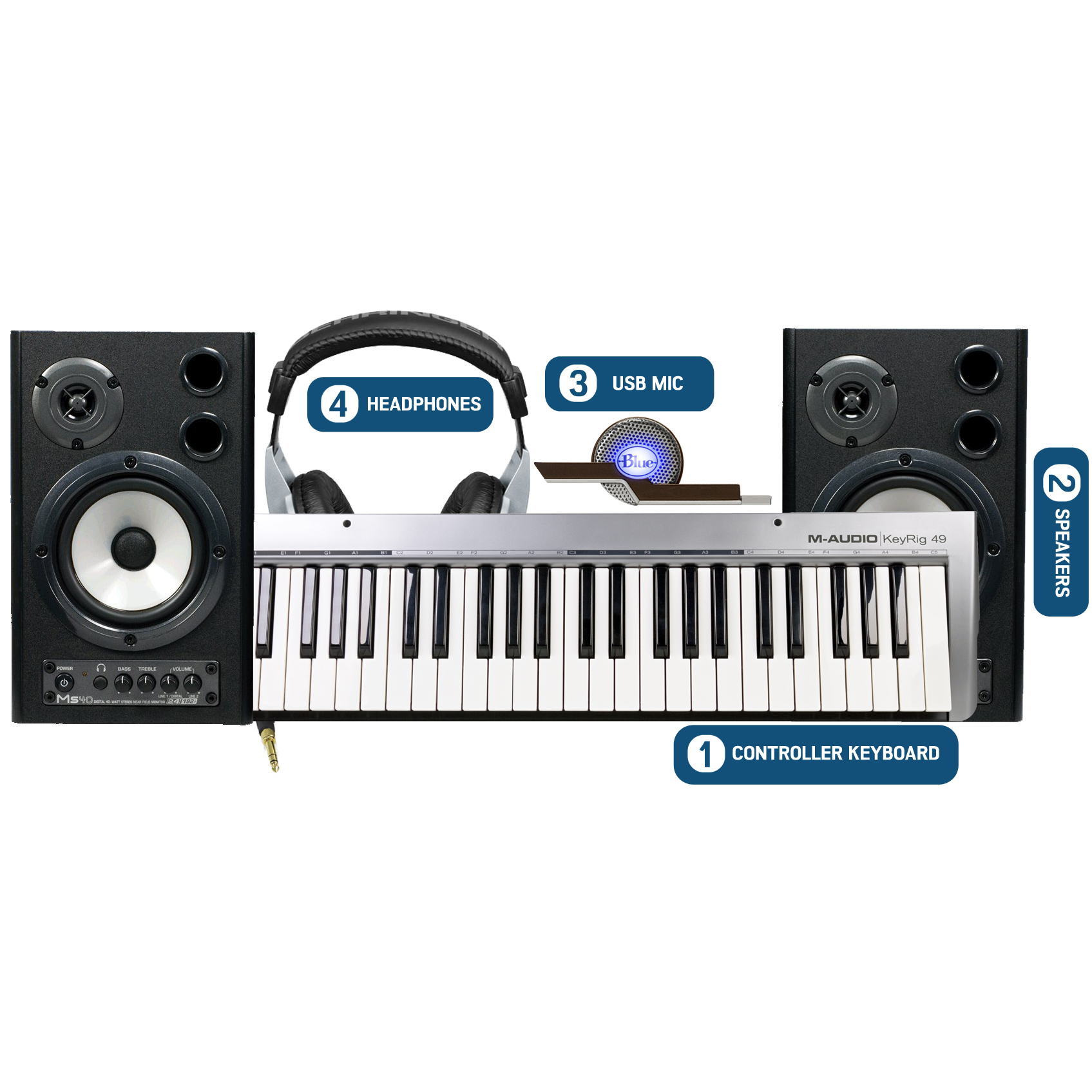8-voice bitimbral analog synthesizer spanning years of passion, research, and design — overcoming modern engineering benchmarks as Moog’s 4th polysynth
61 full-size semi-weighted keys with velocity and aftertouch facilitating sonic expression
Pitch and Mod wheels, Macro knob, Keyboard Octave switch, Hold switch, and assignable pedal functions provide maximum performance control
2 voltage-controlled oscillators with adjustable triangle/sawtooth mix and variable-width pulse wave control — manipulable via FM Routing, Ring Modulation, and Hard Sync controls
Voltage-controlled modulation oscillator with selectable sine, sawtooth, reverse sawtooth, square, and noise waveforms paves the way for boundless behavioral possibilities
2 fully loaded LFOs with waveform selection (triangle, sawtooth, square, sample-and-hold, and user customizable)
In-depth mixer provides precise, independent level control over both oscillators, the modulation oscillator, and additional Noise and Ring Mod controls
2 traditional transistor ladder filters (1 highpass/lowpass) with KB Tracking, Envelope Amount, and routing options pour modernity into classic Moog sound sculpting
Twin ADSR envelopes with variable curves, multi-trig, and velocity control
LCR, LCT, and EXP selectable glide types
Mono/poly timbre voice count modes with unison/mono, detune, and voice stealing
Clock rate control with Tap Tempo button for on-the-fly timing adjustments
Clock syncing via back-panel 1/8-in. clock input and output ports
Voltage-controlled amplifier with per-timbre Volume, Pan Position, and Pan Spread parameters to inject massive sonic width into any patch
User-customizable arpeggiator engine and 16-, 32-, 48-, and 64-step sequencer with clock division and rhythmic programming tools
Programmer OLED browser and preset screen — 256 patch slots (224 factory presets)
Built-in Moog Diffusion Delay signal processor with Delay Time Left, Delay Time Right, Feedback, Character, Mix, and bypass parameters
16-slot modulation map with controllers and transform functionality
Master volume and headphones volume output controls with low-cut EQ
5-pin MIDI In, Out, and Thru with MIDI over USB control
1/8-in. TS CV input and output
100% pure analog signal path when bypassing digital effects





